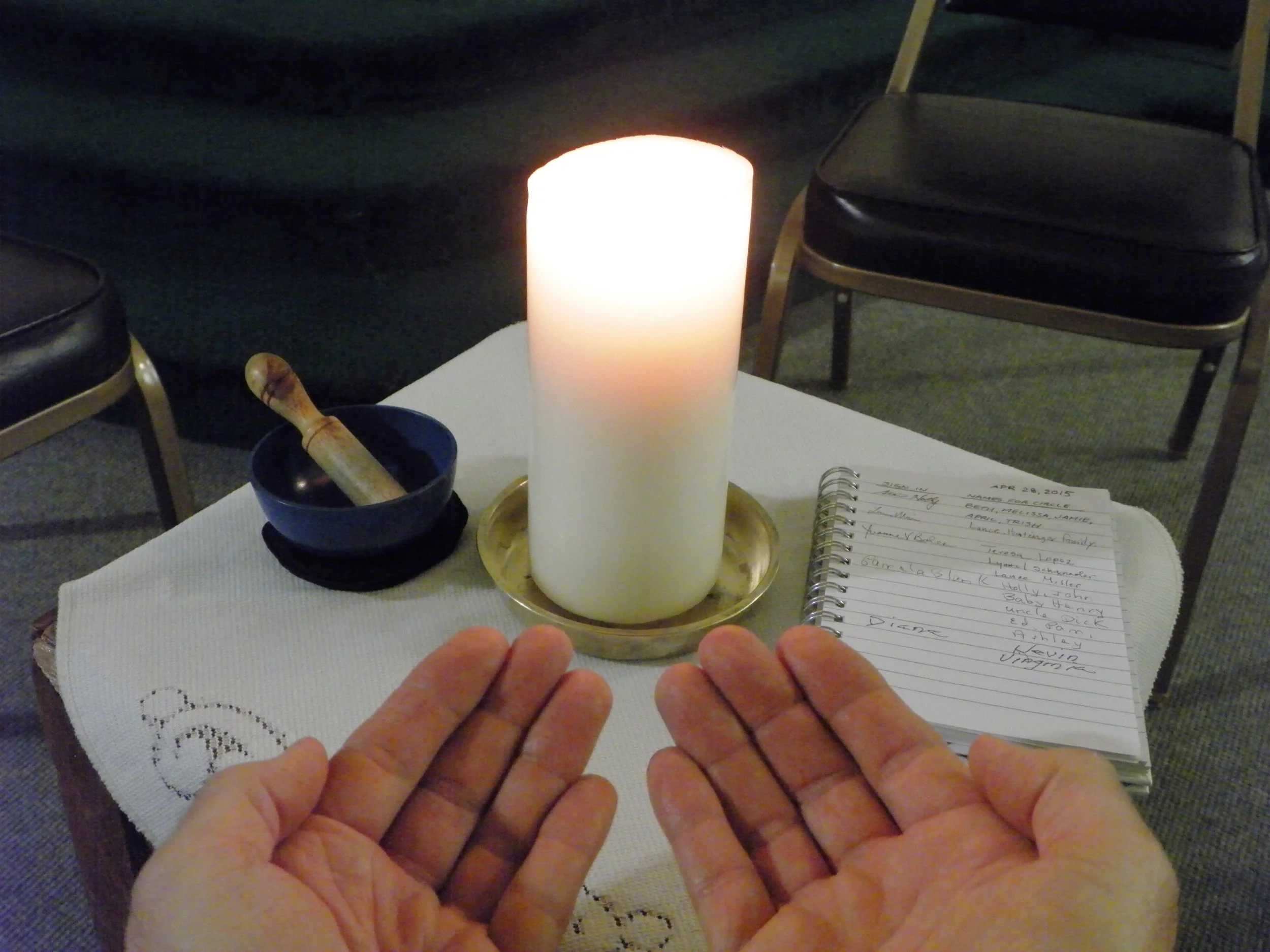Musings
/We have recently returned from a three-day vacation to Lassen Volcanic National Park in northern California. The first day we stopped at the Sundial Bridge in Redding and saw the mighty Sacramento River. It was still carrying a lot of water and flowing rapidly, and we tried to imagine what it was like before it got dammed up at Lake Shasta. How much more power it must have had! How it must have periodically overflowed onto its floodplain, creating the fertile soil in the valley.
Then we drove into the park through its northern entrance to walk the interpretive path along the Devastated Area, where the traces of Lassen Peak’s last eruption in May 1915 are explained and some of the effects are documented in historic pictures. Our six-year-old grandson was impressed by the variety of rocks that had been hurtled out of the volcano and the huge boulders that had been carried down by the massive avalanche caused by the eruption. Pictures showed the plume of ash that rose 30,000 feet into the air. Surprisingly, none of the homesteaders in the area were killed during this event. One of them saw the advancing mudflow and ran three miles to warn his neighbors.
The following day, we entered the park through the south entrance. (Highway 89, which goes through the park, still is not open to traffic due to the massive amounts of snow the park received this winter.) At the visitors’ center we learned that we were in the center of what used to be the caldera of a giant volcano that had been active 600,000 to 400,000 years ago. Steam vents releasing sulphuric gases and boiling mudpots still show how close Earth’s fiery center reaches to the surface at this location. We hiked to Devil’s Kitchen, one site where we could get fairly close to some of these fascinating geological phenomena, on the third day of our visit. It was fascinating!
At the same time that I marveled at Earth’s displays, I felt awed by the realization that Earth, our home, was here long before humankind and will still be here long after we may have destroyed the environment that has made this planet habitable for humans for this relatively short time of Earth’s existence.
We took two hikes through beautiful forests and mountain meadows while we were at Lassen. Before we started these hikes, we weren’t sure how our grandson would do. Would he get tired soon and whine and complain? None of that—he was a real trooper. At one point he declared that he liked hiking in nature because “God is in nature, so you can feel close to God. God is in the trees and the flowers and the animals.” Pause. “Maybe God IS nature.”
Maybe God is nature. Then nature would be God. And because humans are part of the natural world, God would be us, and we would be God. What a thought! Could it be that everyone, every living thing is divine? If this were so, if we accept this as true, how will it affect our actions, reactions, and interactions? I don’t have the answers, but I know that standing in an ancient caldera and the musings of a six-year-old got me thinking and wondering. -Kristina












